Varvaglione Vigne & Vini is a winery located in the town of Leporano, on the Gulf of Taranto, in the southern Italian region of Puglia. The history of Varvaglione winery dates back to the early 1900s and is a tale of passion, dedication, and family tradition.
The winery was founded by Nicola Varvaglione in 1921. Nicola was deeply rooted in the viticultural traditions of the region and had a strong belief in the potential of Puglia’s indigenous grape varieties. He started by cultivating his own vineyards and producing wine on a small scale. Over the years, Nicola’s son Cosimo joined the family business and expanded the winery’s operations.
In the 1980s, Cosimo’s sons, Donato and Antonio, took over the winery and began modernizing its facilities and techniques. They invested in state-of-the-art equipment and adopted innovative winemaking practices, while still honoring the region’s traditional winemaking methods. Their efforts resulted in a significant improvement in the quality and reputation of Varvaglione wines.
Varvaglione winery gained recognition for its commitment to the preservation of native grape varieties such as Primitivo, Negroamaro, and Malvasia Nera. These grapes thrive in the Puglian climate and soil, producing wines with unique flavors and characteristics.
In the late 1990s, the winery took another significant step forward with the introduction of sustainable viticulture. Donato and Antonio Varvaglione implemented eco-friendly practices in their vineyards, including organic fertilization, integrated pest management, and water conservation. This commitment to sustainable agriculture has contributed to the winery’s reputation for producing wines that are not only delicious, but also environmentally conscious.
Today, Varvaglione Vigne & Vini is recognized as one of the leading wineries in Puglia. It continues to be a family business, with Cosimo, his wife Maria Teresa, their daughters Marzia and Francesca, and their son Angelo all playing vital roles in the winery’s day-to-day operations.
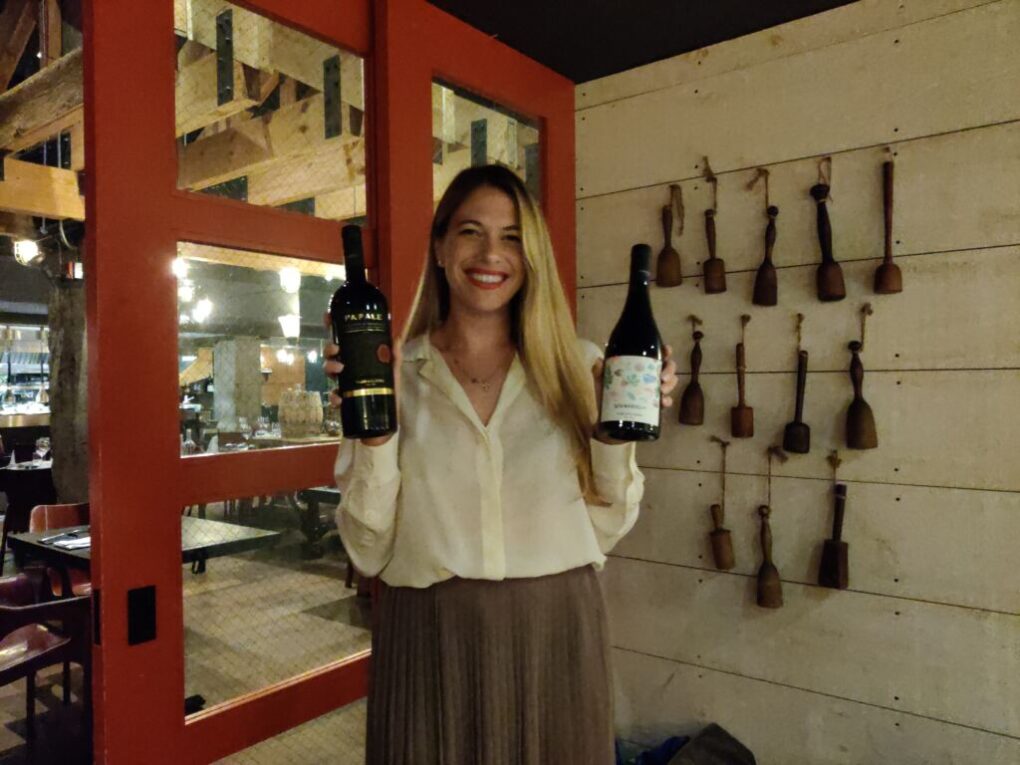
The winery produces a diverse range of wines, including red, white, and rosé varieties. They are known for their flagship wines, such as “Papale Linea Oro” and “12 e Mezzo.” These wines have received numerous accolades and are exported to many countries around the world, contributing to the international recognition of Puglia’s winemaking heritage.
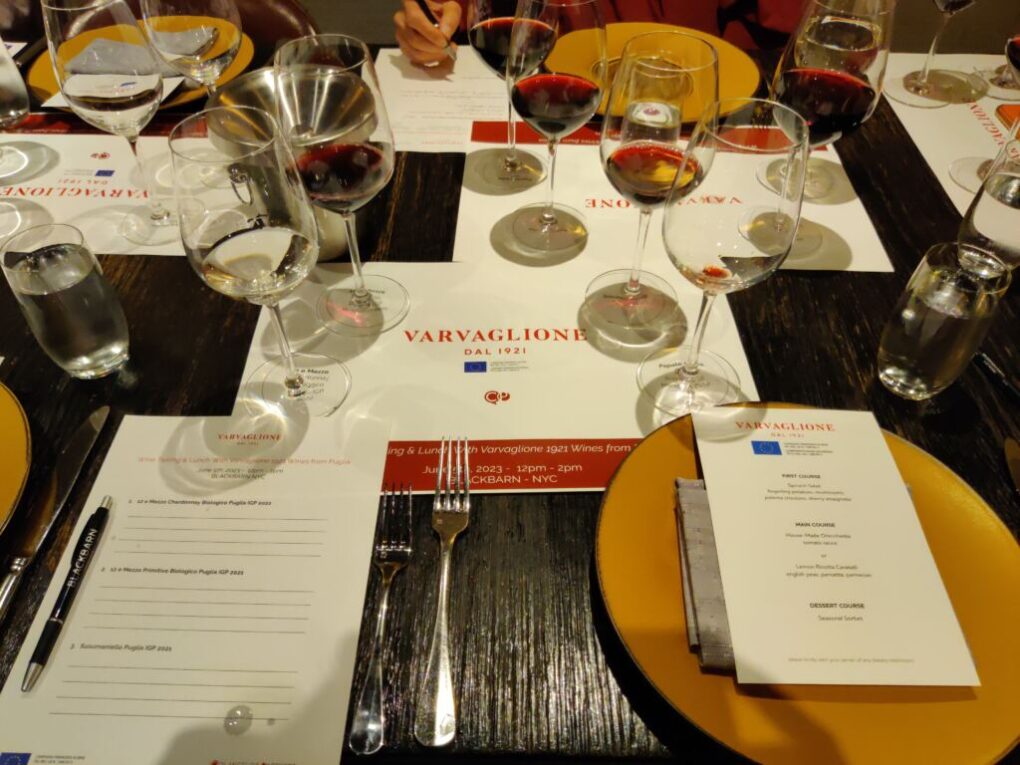
Varvaglione (dal 1921) hosted a 3-course lunch at Blackbarn restaurant in New York City to introduce four special wine selections (a white, and 3 reds) from their portfolio.
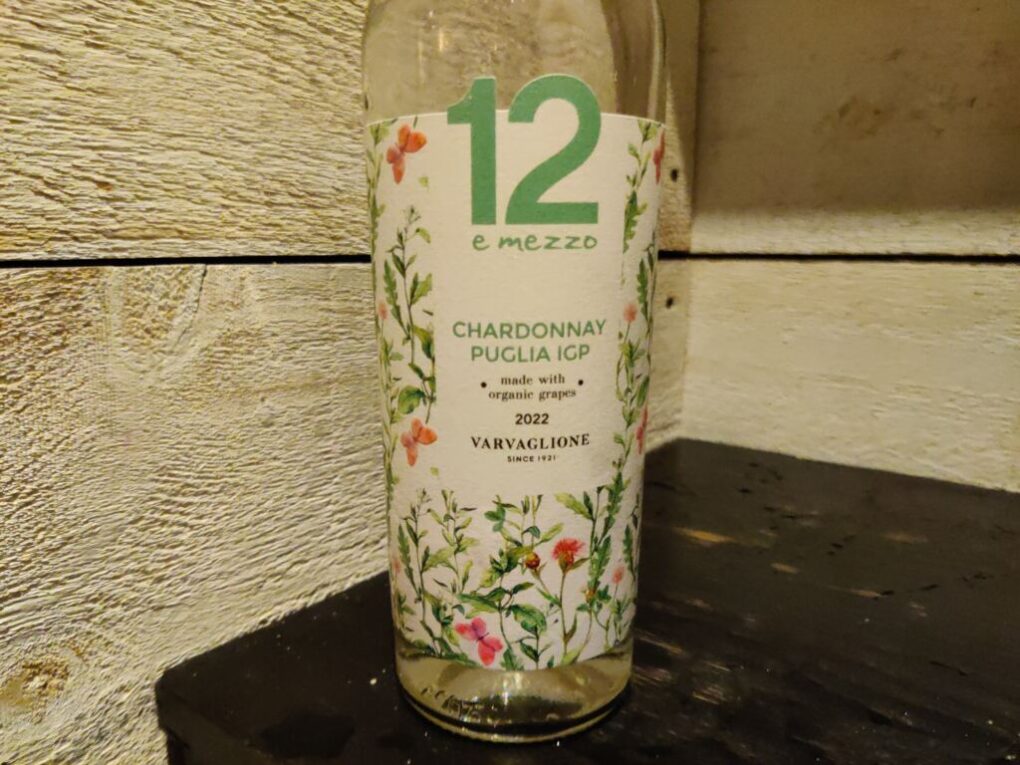
e Mezzo Chardonnay Biologico Puglia IGP 2022 (organic since 2015)
Crisp and balanced, with a soft acidity, and notes of ripe lemon, and fresh apricot. Elegant and delicate, with undertones of minerals, and subtle elements of grass and white pepper.
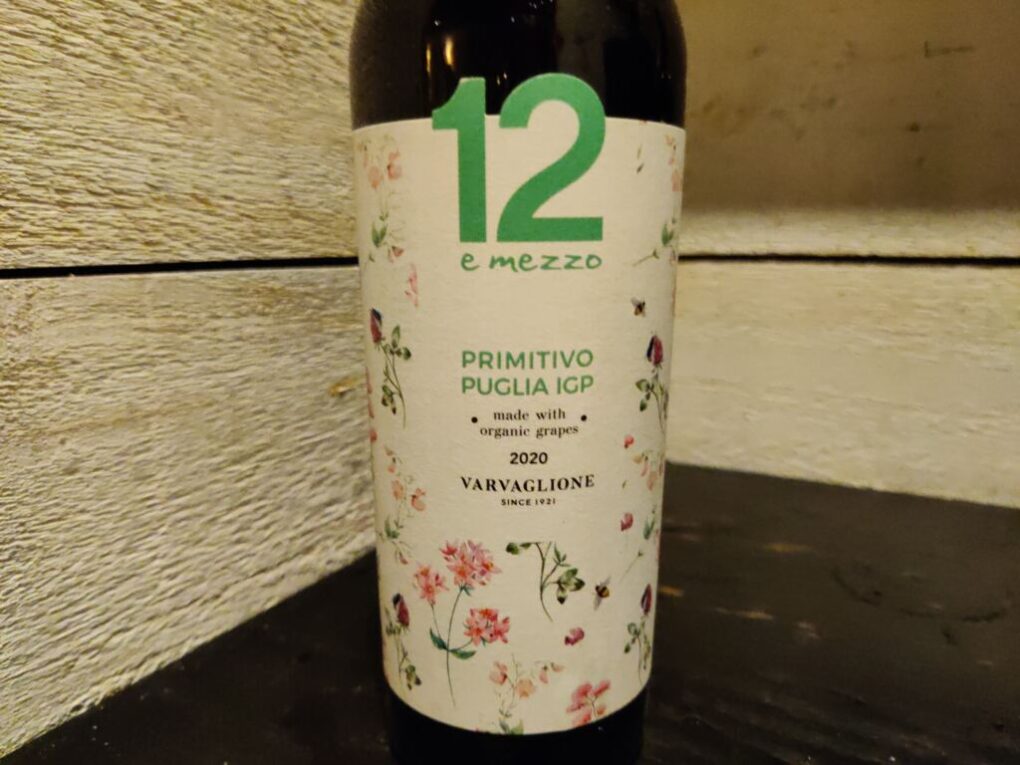
e Mezzo Primitivo Biologico Puglia IGP 2021
Fruit-forward, with a fresh acidity, and notes of raspberry, blackberry, cherry, and balsamic, as well as undertones of coffee and licorice.
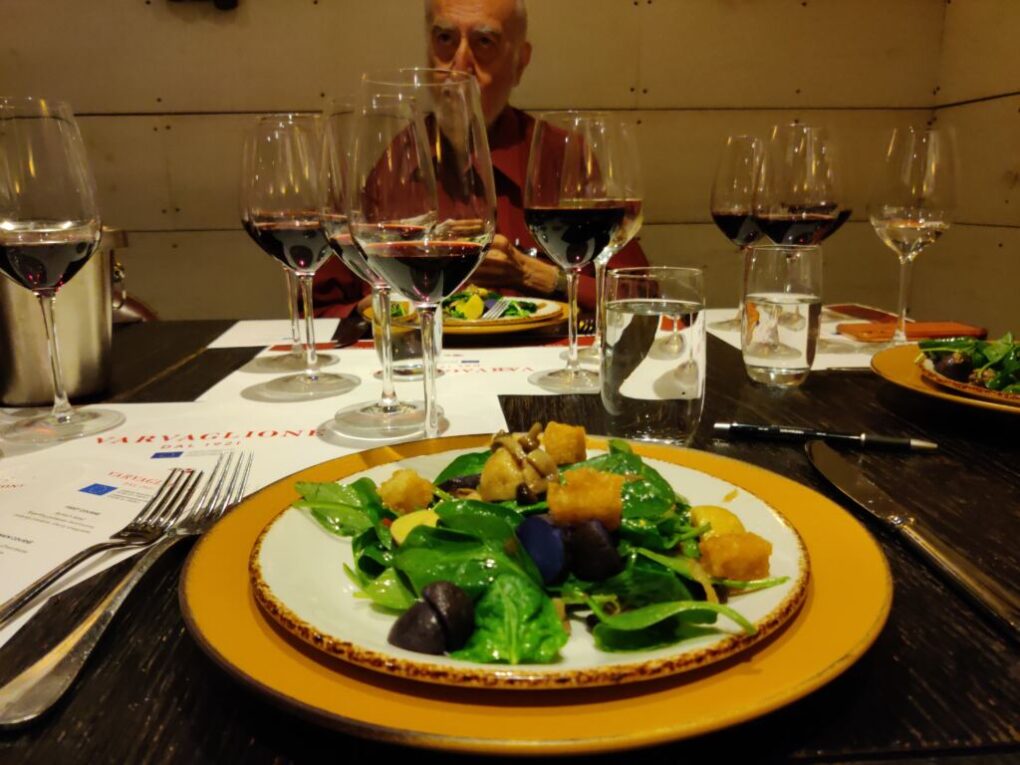
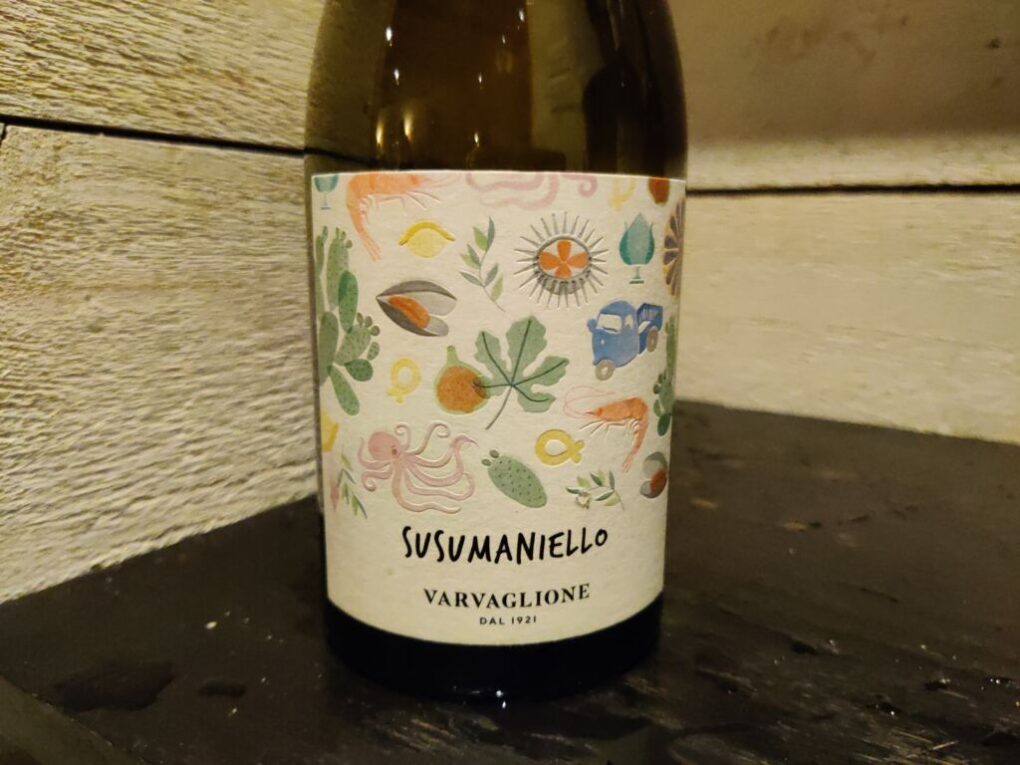
Susumaniello Puglia IGP 2021 (Susumaniello is an indigenous grape, Susumaniello is the Italian word for donkey).
Fresh and round, with notes of rich dark berry, black stone fruit, chocolate, and smoke. This wine can age up to 15 years.
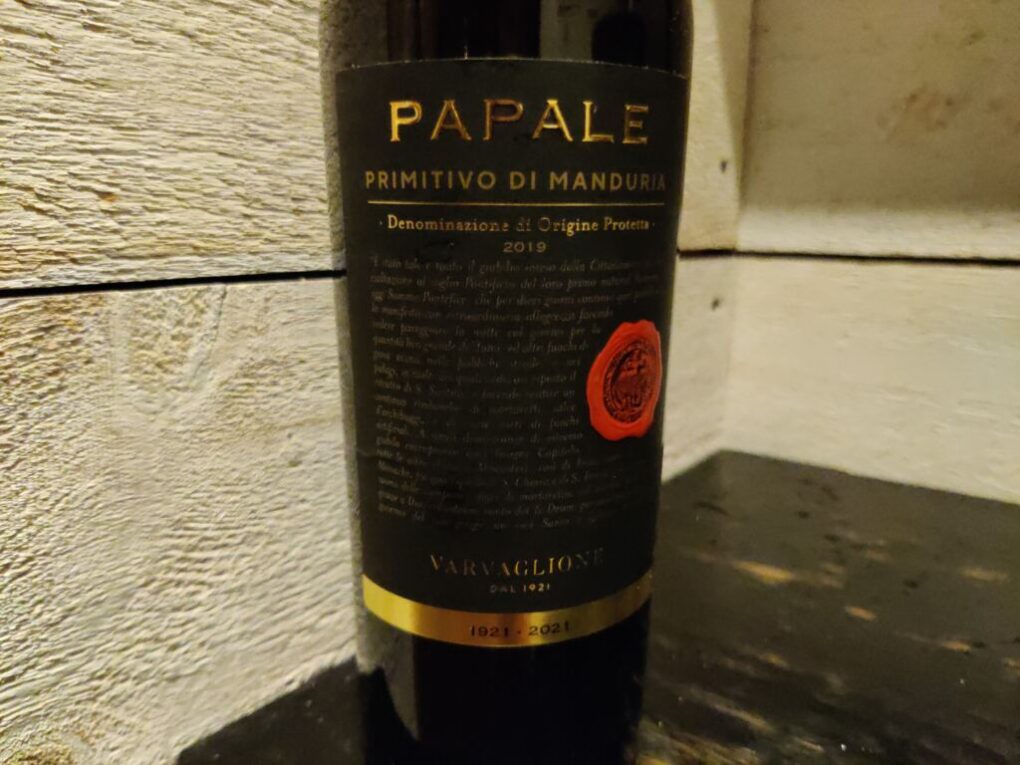
Papale, Linea Oro Primitivo di Manduria DOP, 2019 (Flagship wine. This wine is named after the land from which it is produced).
The vines for this wine were trained using the alberello method. This type of vine pruning helps to shield the vines from the sun. This wine is crafted from a special selection of grapes grown on 50 year-old vines with deep roots, that make irrigation necessary only under extraordinary circumstances. The hand-harvested grapes undergo prolonged skin maceration. The wine is aged approximately one year in French oak barrels. The flavor characteristics of this wine reflect the grape, not the oak. Nevertheless, American oak is also used to give the wine extra structure and flavor complexity. The winery does a vertical tasting of the vintages to select only the best ones to bottle. This wine can be aged up to 20 years.
Elegant and structured, with soft tannins, a balanced salinity, and notes of ripe cherry, toasted almond, green coffee bean, and red and black berries, as well as subtle elements of cinnamon, scented wood, and balsamic.
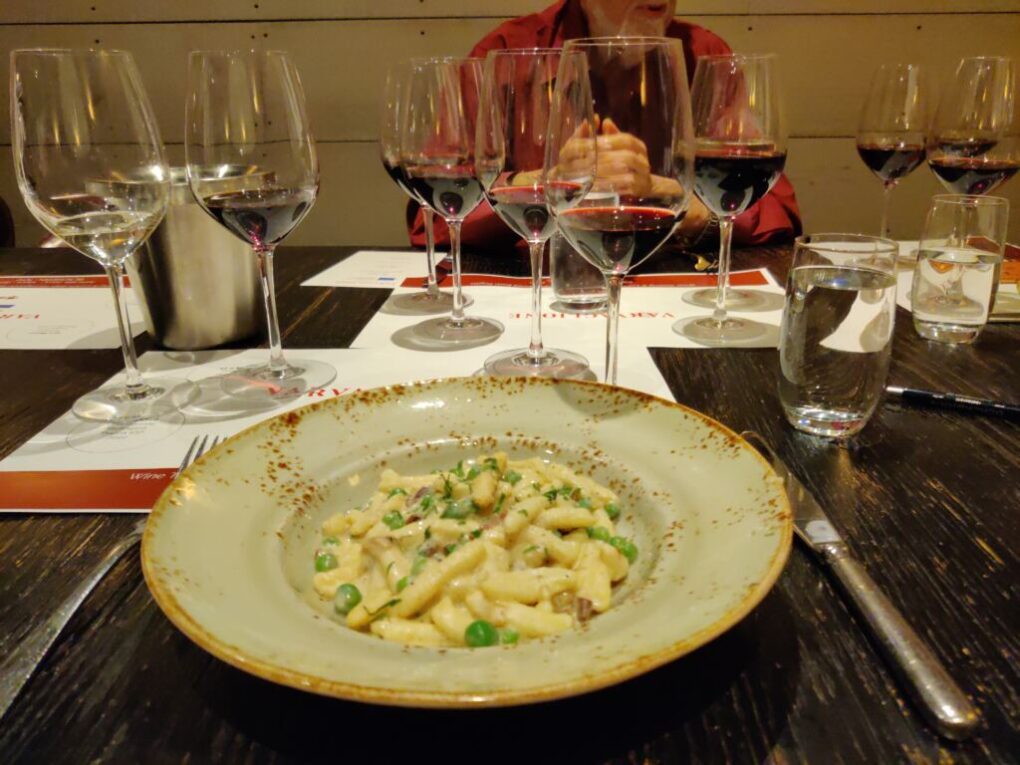
The courses seamlessly complemented the quartet of wines.
A lemon and raspberry sorbet provided a refreshingly tart ending to the meal.

Be First to Comment